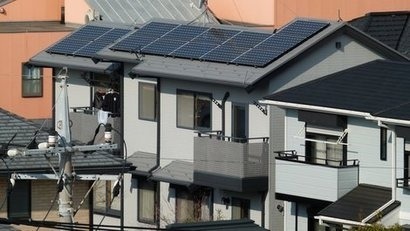
Environmental group Greenpeace UK commissioned an independent poll which highlighted that 70 percent of voters in London, UK, which is embroiled in a race to decide its next city Mayor, believe that it is important the next Mayor takes action to ensure the capital plays a bigger role in the development of solar energy.
The findings come less than a month before the vote, in which all the leading candidates have stated in principle that they would vastly increase solar capacity. However, less than one percent of London’s 3.4 million households currently have solar and the city trails behind in uptake in the technology at both national and international level.
“It is clear that delivering a cleaner, greener city matters to Londoners, and they will be thinking about these issues when it comes to voting on 5th May” said Diana Vogtel, Energy Campaigner at Greenpeace UK. “Greenpeace and its partners have been calling on all candidates to set out clear plans to solarise London and we see a key role for the next mayor in defying the government’s cuts on solar power, to ensure the industry thrives in the Capital. A world leader in many other fields, London is a world laggard when it comes to solar power. The next mayor has the chance to change that.”
The poll revealed that more than 80 percent of Londoners welcome the idea of solar panels being placed on Transport for London (TfL) buildings by way of powering the city’s new fleet of electric buses.
At a London mayoral hustings last month, all the leading candidates laid out their green manifestos and confirmed they intend to increase London's solar capacity by tenfold over the next 10 years, rolling out solar across an equivalent of close to 200,000 London rooftops by 2025.
For additional information:

